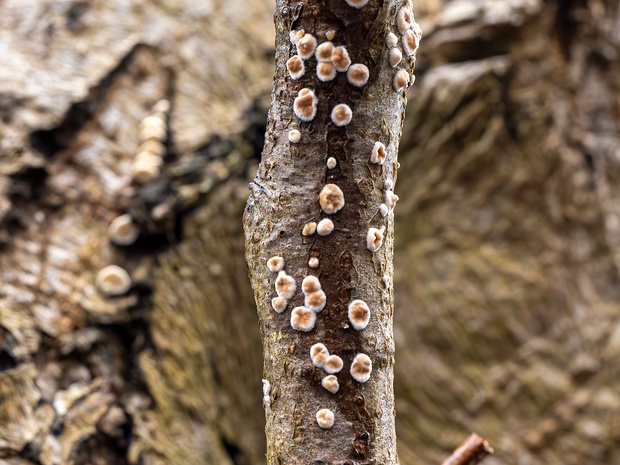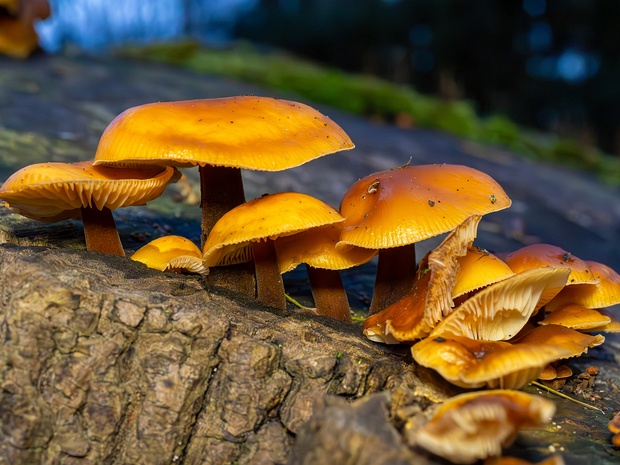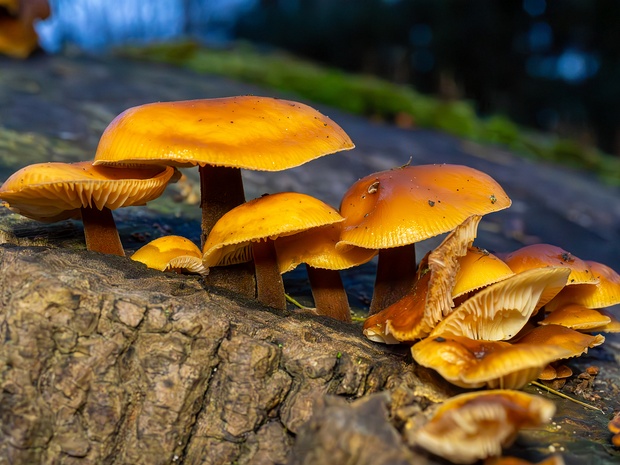
Flammulina velutipes - Опёнок зимний - Velvet Foot - Samtfußrübling
Flammulina velutipes, commonly known as the Velvet Foot or Samtfußrübling in German, is a small to medium-sized mushroom species belonging to the…
86 images
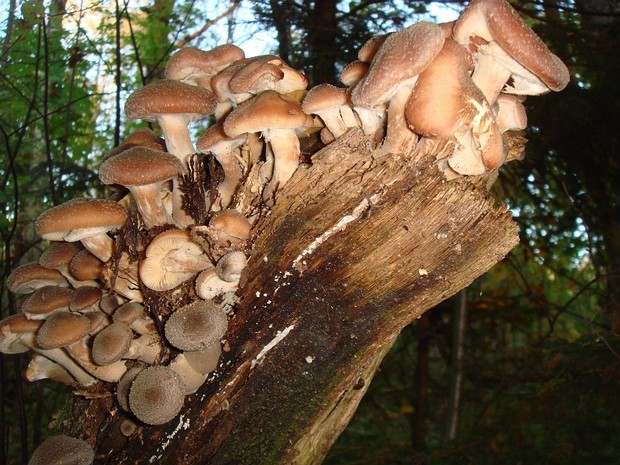
Armillaria cepistipes - Опёнок луковичноногий - Bulbous Honey Mushroom - Zwiebelstieliger Hallimasch
Armillaria cepistipes, commonly known as the Bulbous Honey Mushroom or Zwiebelstieliger Hallimasch in German, is a medium-sized mushroom species belonging to…
2 images
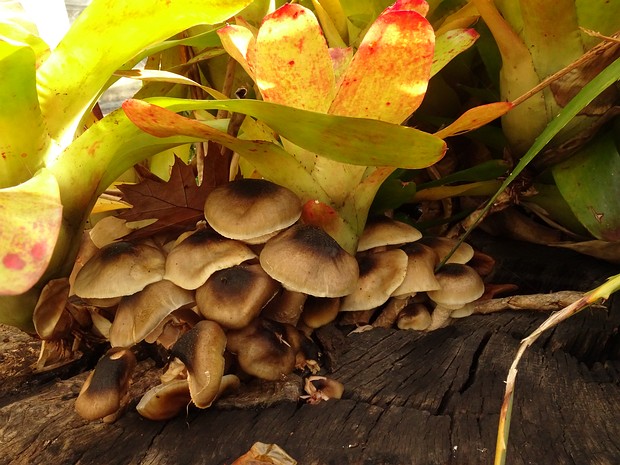
Armillaria mellea - Опёнок осенний - Honey Mushroom - Hallimasch
Armillaria mellea, commonly known as the Honey Mushroom or Hallimasch in German, is a medium to large-sized mushroom species belonging to the Physalacriaceae…
65 images
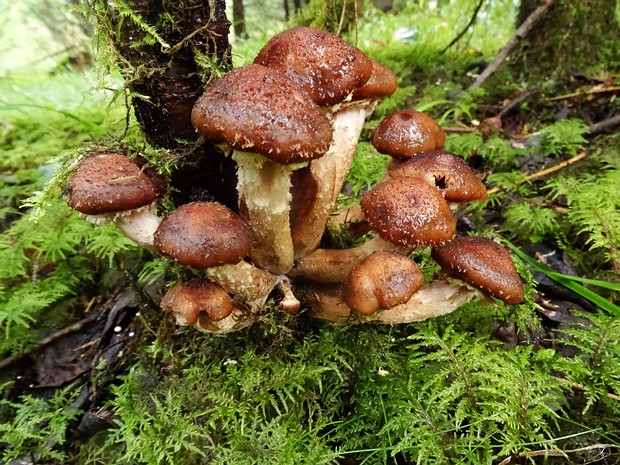
Armillaria borealis - Опёнок северный - Northern Honey Mushroom - Nordischer Hallimasch
Armillaria borealis, commonly known as the Northern Honey Mushroom or Nordischer Hallimasch in German, is a medium-sized mushroom species belonging to the…
13 images
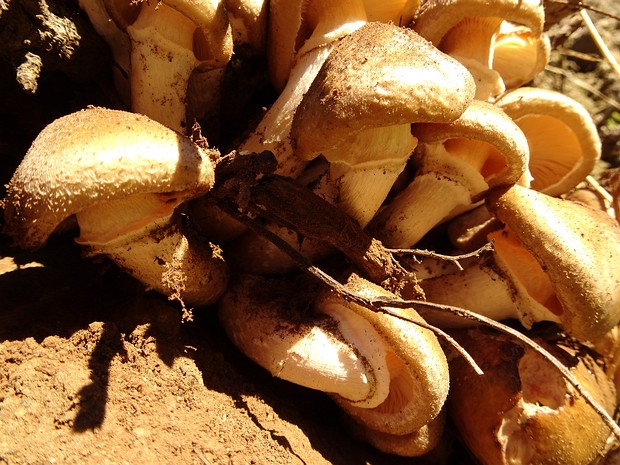
Armillaria lutea - Опёнок толстоногий - Thick-stemmed Honey Mushroom - Dickerstieliger Hallimasch
Armillaria lutea, commonly known as the Thick-stemmed Honey Mushroom or Dickerstieliger Hallimasch in German, is a medium-sized mushroom species belonging to…
15 images
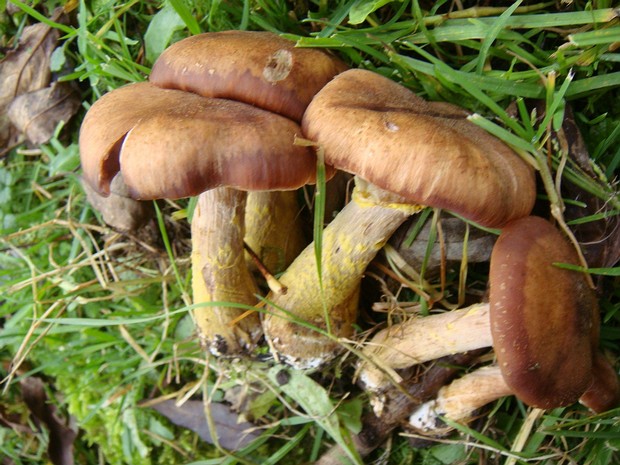
Armillaria ostoyae - Опёнок тёмный - Dark Honey Mushroom - Dunkler Hallimasch
Armillaria ostoyae, commonly known as the Dark Honey Mushroom or Dunkler Hallimasch in German, is a medium-sized mushroom species belonging to the…
5 images
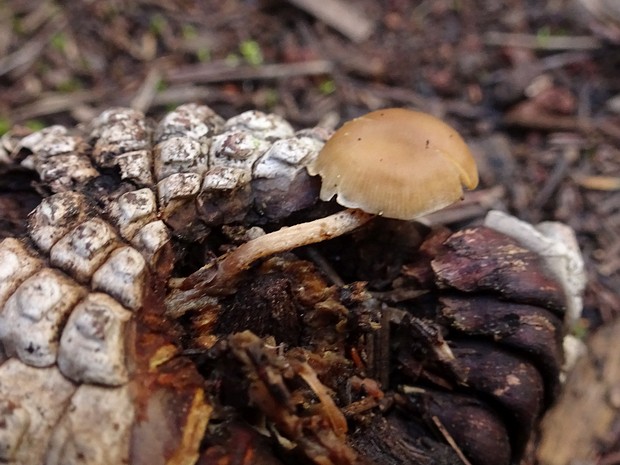
Strobilurus tenacellus - Стробилюрус черенковый - Pinecone Cap - Zapfenrübling
Strobilurus tenacellus, commonly known as the Pinecone Cap or Zapfenrübling in German, is a small mushroom species belonging to the Physalacriaceae family. The…
4 images
